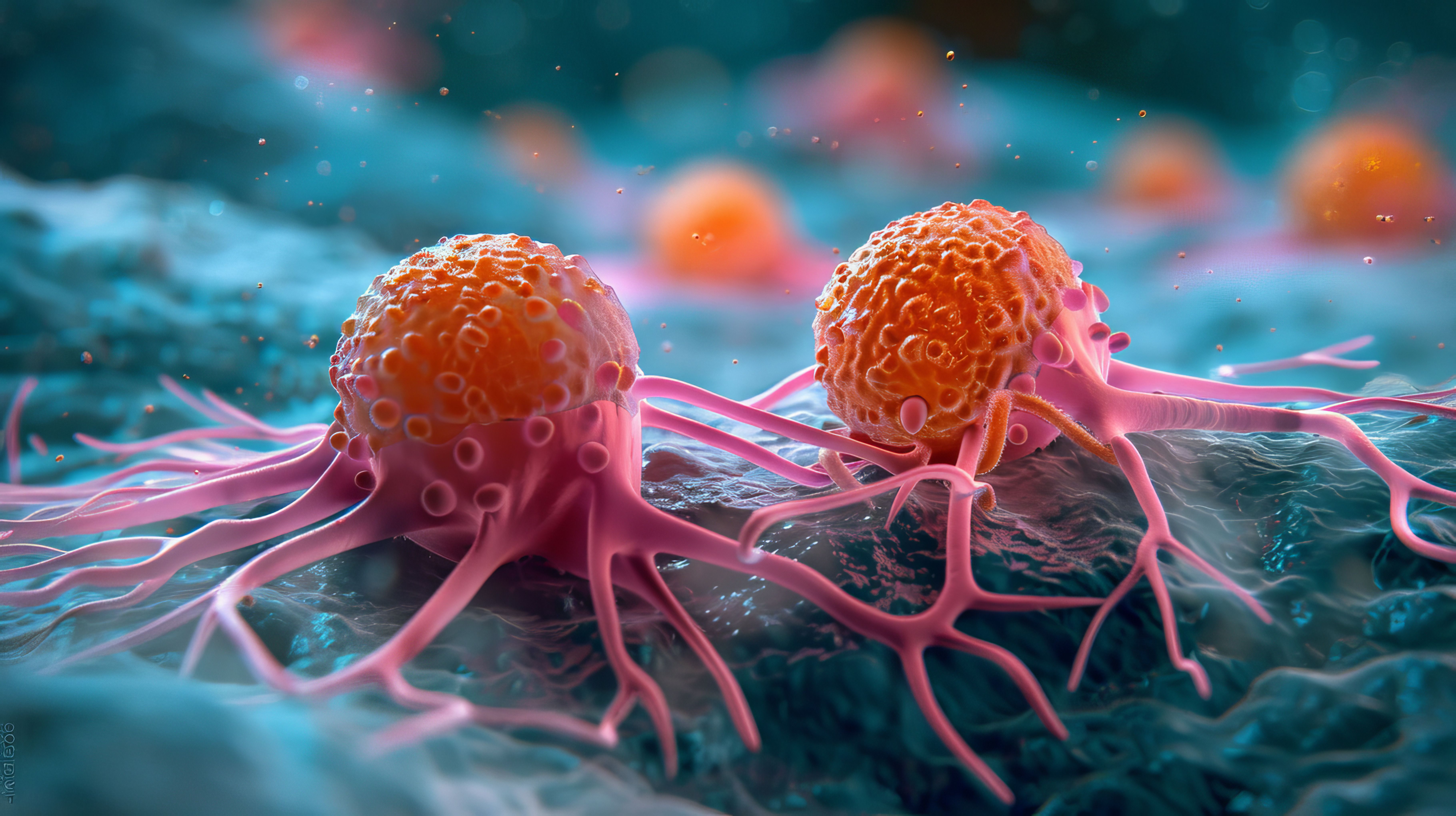Article
At 5 Years, Data Affirm Durability of Axi-Cel Response in Refractory LBCL
Author(s):
Considering the depth and durability of responses with axicabtagene ciloleucel (axi-cel) in large B-cell lymphoma (LBCL), the investigators added that CAR T cells should no longer be seen as a therapy only for heavily pretreated patients, but also as an option for earlier lines of therapy.
Nearly one-third of patients with refractory large B-cell lymphoma (LBCL) had ongoing responses to the anti-CD19 chimeric antigen receptor (CAR) T-cell therapy axicabtagene ciloleucel (axi-cel; Yescarta) after 5 years, according to newly released data.1
Those durable responses, coupled with promising overall survival (OS) and disease-specific survival data, suggest the therapy could be an important option for a subset of patients with B-cell lymphomas, the investigators said. The report was published in the journal Blood.
Axi-cel is now approved by the FDA to treat adults with primary refractory LBCL or in cases where patients relapsed within 12 months of their first-line treatment. However, its initial approval to treat patients with relapsed or refractory LBCL following at least 2 lines of systemic therapy was based on the pivotal ZUMA-1 trial, which demonstrated an 83% objective response rate and a 58% complete response rate.
More recently, axi-cel was reported to have a 39% ongoing response rate at 27.1 months, and a median overall survival had not yet been met.
In the new report, investigators released survival and safety data at a median follow-up of 63.1 months. The data pertain to 101 patients who received lymphodepleting chemotherapy followed by axi-cel at a dosage of 2 × 106 cells per kg. After 5 years, the objective response rate remained at 83%, and the complete response rate was 58%, wrote corresponding author Sattva S. Neelapu, MD, of MD Anderson Cancer Center, and colleagues. Thirty-one percent of patients had an ongoing response at the data cut-off.
The group had a median OS of 25.8 months, and the estimated 5-year OS was 42.6%. Among those who achieved a complete response, the 5-year survival rate was 64.4%, the investigators said. Disease-specific survival was 51% at 5 years, they added.
“This updated 5-year analysis of the pivotal cohorts in phase 2 of ZUMA-1 demonstrates continued durability of response and long-term survival in patients with refractory LBCL, with no new safety signals,” Neelapu and colleagues wrote.
They said no new serious adverse events related to axi-cel had been reported since the 2-year analysis. Patients with early CAR T-cell expansion were most likely to have an ongoing response at 60 months.
In an accompanying commentary on the new data, Hyatt Balke-Want, MD, of Stanford University, noted that real-world studies in both the United States and France have found similar response rates to that seen in the ZUMA-1 trial, even though those studies included patients that did not meet the eligibility criteria for ZUMA-1.2
“This indicates that the long-term responses reported by Neelapu and colleagues might be reproduced in our daily practice,” he said.
Balke-Want noted, however, that as other types of CAR T-cell products are developed, it will be important to come up with better ways to ensure patients get the right product for their specific cancer. He closed by arguing that it’s time to “put the pedal to the metal” in terms of CAR T-cell research and development.
Neelapu and colleagues agreed, writing that these data and others “support the use of anti-CD19 CAR T-cell therapy for aggressive B-cell malignancies with curative intent.”
They added that CAR T-cells should no longer be seen as a therapy only for heavily pretreated patients, but also as an option for earlier lines of therapy.
“Importantly, long-term results from the ZUMA-1 trial support the curative potential of axi-cel for a large proportion of patients with aggressive lymphomas,” they concluded.
References
1. Neelapu SS, Jacobson CA, Ghobadi A, et al. Five-year follow-up of ZUMA-1 supports the curative potential of axicabtagene ciloleucel in refractory large B-cell lymphoma. Blood. 2023;141(19):2307-2315. doi:10.1182/blood.2022018893
2. Balke-Want H. Putting the pedal to the metal: axi-cel for LBCL. Blood. 2023;141(19):2285-2286. doi:10.1182/blood.2023020188

The Challenge With CAR T? It’s Not the Drug, It’s the Delivery



